Communicating benefits to employees can be difficult. Everyone is aware of direct payments because it is straightforward. But most organizations find it hard to successfully share and explain benefits.
To understand why, we simply have to look at the numbers. Data from the International Foundation of Employee Benefit Plans shows that most employees do not read benefit materials or understand their benefits.
This is why nearly half of the companies make sure they have enough resources to (try to) explain benefits properly.
HR teams are putting a lot of effort and budget into communicating information that has a direct impact on employee experience, engagement, and retention. But the majority of employees don’t pay attention to this information.
So employee performance goes inevitably down while churn goes up.
To effectively communicate benefits with employees and improve engagement, HR teams should focus on specific personas, use marketing personalization strategies, and use the type of content that makes it easier for employees to consume this information.
Keep reading to learn how to strategically tackle these three areas so that your personnel finds your benefits communications relevant. These strategies will help you improve employee experience, engagement, and retention, no matter the cultural background of your workforce.
Why do employees ignore benefit plans?
Simply put, every employee has a different background and motivation. However, the way benefits are shared with them is not aligned with these. HR teams often forget that we are still talking about consumers. People that are not 100% driven by money.
Therefore, every effective benefits communication strategy must take into account the background of the audience. The more granular you do this, the more effective your strategy will be because it will be relevant in the employee’s eyes.
Without context, a high open rate for an email campaign would be more like luck rather than a sustainable and replicable strategy. This is why it is critical to understand why employees ignore benefits plans communications.
To illustrate, let me share a personal story.
A few years ago, my wife and I had our first son. Back then, my wife had a pretty decent job at a known tech company. She worked from home. The paycheck was OK. Her performance was really good. She enjoyed the trips.
But when our baby boy came, her motivations and goals changed. Completely.
When she was back from her maternity leave, she didn’t care about a good salary anymore, or even about going up the corporate ladder. Her benefits were either unknown or simply not worth compared to what she knew of other moms in other countries.
So she stopped working.
And we changed everything in our lives, from the family budget to priorities so that she could spend more time with our little boy. This would allow her to invest in his spiritual and personal growth. Something no money can pay.
I’m sure some names come to your memory. Individuals that value the experience more than money.
I love reading between the lines.
And this is what I partially see in a report from McKinsey. They found that 76% of consumers get frustrated at organizations that don’t deliver a personalized experience.
And, yes, this also applies to your organization’s workforce and the way you communicate benefits.
Why should organizations have a clearly defined employee engagement strategy to communicate benefits?
Your organizations should have a clearly defined employee engagement strategy to communicate benefits because your workforce cares and your brand’s stake is high. Without a strategy in place, employees may feel like they are being treated unfairly or that their work isn’t valued. Even if the benefits are unbeatable.
Corporate benefits account for roughly ONE PERCENT of the total annual benefits spending! So, it is not a joke.
The Society for Human Resource Management’s (SHRM) State of the Workplace Study 2021-2022 shows that 19% of organizations see the need to increase benefits and compensation for current and/or new talent.
Probably because 41% of them believe they offer uncompetitive compensation. To add to this, 53% of large organizations reported climbing resignation rates.
From a different perspective, another reason why organizations need an effective benefits communication strategy is that 27% of them want to lower the number of questions from employees.
¿Por qué?
Because many of these questions cause friction and distrust among staff members.
You want and need to answer them, though.
This is what I’ve learned in the last two decades in marketing communications. The best way to do this is to anticipate the questions and contextualize the answers depending on the recipient.
On too many occasions, then, it is not about the quality of the benefits. But about how these benefits are communicated. I believe that effective marketing communications are conceived with a “conversation” mindset.
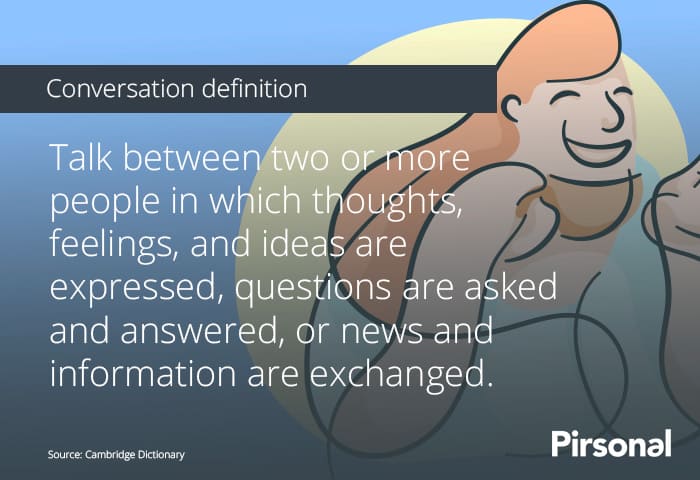
And the best conversations start with solid context from and about both participants.
But most organizations already have a strategy in place, at least to a certain extent. Potentially even yours.
However, here is the problem. According to this survey, the majority of employees don’t pay attention to benefits communications. And almost half of them don’t understand this information.
So, how can you fix this situation? How can you effectively communicate this information to both grab your employees’ attention and increase their engagement because of its relevance?
The first step is to articulate personas.
Step 1: Use employee personas
An employee persona is a representation of a typical employee within a company or organization. It comprises a set of characteristics and traits that are used to describe and understand an employee’s needs, motivations, roles, and preferences at a glance.
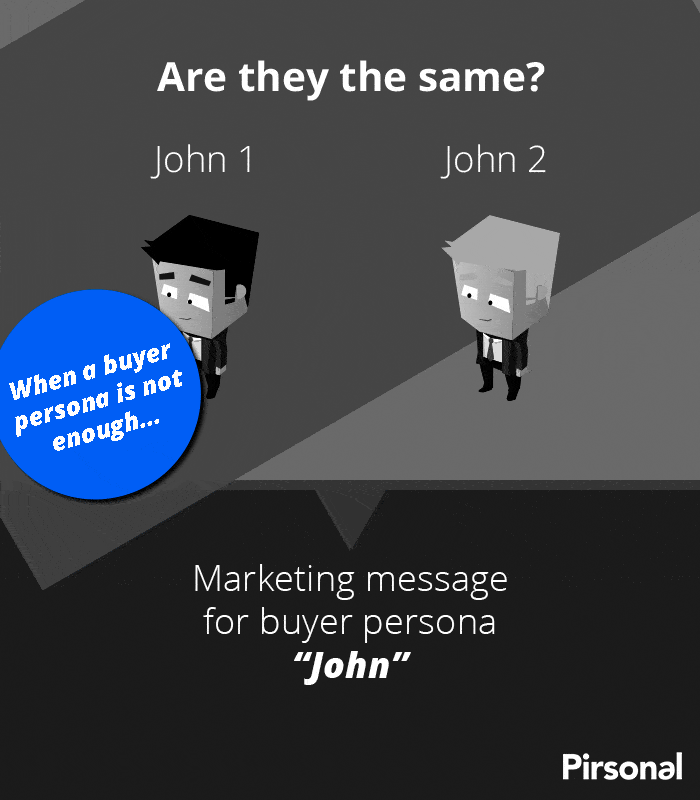
Using a name for each employee persona such as “Sarah team leader” will help your team have a more realistic picture of who they are.
As you can guess, it is not necessary to create an employee persona for each employee. Rather, you should find common factors to group them.
Taking these similarities into account will help your team build experiences and marketing initiatives that resonate with them. As a result, your messaging will also be clearer and more effective.
In this context, you’ll pay close attention to their position, personal story, personal and professional challenges, and demographics.
An example of an employee persona might include, then, age, occupation, career goals, job responsibilities, technology experience, preferred communication methods, and hobbies.
As you can see, with a comprehensive understanding of employee personas, organizations can better tailor their benefits communications to meet the needs of their workforce. Why? Because messages are then based on their context, not only on yours as an organization with a particular agenda.
Thus, they are effective even when you don’t apply marketing personalization strategies, which I’ll cover later in this article.
Why do employee personas matter in today’s workforce communications?
Without employee personas, employee communications and experiences will be like diluted decaf coffee with a dirty filter. That is, they will be there, but they will have radically inferior results. So employees won’t drink it all or at all.
Therefore, to avoid irrelevant benefits communications, you need to know your audience in a more granular way. A good step to get to that point is through personas.
I have seen very few companies do this exercise. So it is a clear competitive advantage for your HR team compared to many others.
Do you want to go a further mile? Talk to your organization’s inbound marketing, product marketing and/or sales team. They can likely give you practical advice on how they apply this in their areas of influence and maybe you can replicate some of your findings.
Another effective communication strategy that not even marketing teams use is relying on what I call augmented personas.
Cultural backgrounds are key for effective benefits communications
As you can see, there is often a disconnect between the benefits communications and what employees need so that they engage. HR teams communicate with them with one-fits-all messages that do not resonate with their context, needs, and concerns—individually.
The pain increases if we talk about multinational companies with employees in different locations and cultural backgrounds. Not every individual values benefits the same way.
For example, I’ve lived in Panama, Costa Rica, Morocco, and Spain, where I’ve worked remotely for about 8 years. One side of my family is from the US. As you can imagine, people from each of these countries value different things.
People in Southern Europe value quality of life, free time, vacations, and health over money. While people in North America value financial and personal growth over other areas.
Now that you know what personas are and their benefits and how to create them, let’s see how to use them in your benefits communications.
Step 2: Reframe employee benefits communications with laser-focused messaging
To effectively communicate benefits and complex information to your employees, craft and share clear and targeted messages. I’m talking about laser-focused messages. The same type of messages the Customer Experience team at your organization probably also crafts.
This means going away from generic one-fits-all messages that don’t respond to your audience’s needs, objections, and concerns.
Yes, there is a percentage of employees who are reading your HR benefits messages, asking questions, and even sharing feedback. But research shows you are still losing almost half of your workforce to disengagement and confusion.
Even worse, chances are your competitors are also putting in lots of effort.
Some are doing a decent job.
Some are doing excellently, based on what we see among our clients.
So it’s easier for them to attract and retain top talent. The type of people that care. And because they care, they perform better.
Reframing your benefits communications requires you to use estrategias de marketing personalizadas in your communications. When well done, this helps you increase the effectiveness of messages and moves recipients to take action.
This is why I’ve found it really beneficial to craft messages for three audience segments within your workforce. I wrote an article about this. Read it now to learn about this strategy and how personalized video messages help HR teams effectively engage with employees.
Benefits communications are similar to sales
You might argue… “I’m not selling anything. I just need to share the compensation plans and benefits information with them”.
Well, let me ask you a few questions.
- Is hiring new staff fast, easy, and cheap?
- Can your organization’s reputation be damaged by any negative comment or review online without damaging HR retention and hiring?
- Is the performance of your brand’s employees always great?
- Are employees’ benefits free for your organization?
Remember. In a sense, we are still talking about consumers. Robots don’t have compensation plans, that I’m aware of :-p.
So most brands need to reframe the way they communicate benefits.
It’s actually quite similar to the strategic marketing and sales techniques that teams use to aumentar el compromiso del cliente throughout the customer journey.
Make sure to watch the following video to learn how the customer journey can be personalized, even automatically.
Let’s, then, understand how personalized marketing applies to your HR communications strategy.
What’s personalized marketing in HR communications?
Personalized marketing in HR communications involves using data-driven insights and employee data to create tailored messages that speak to individual employees.
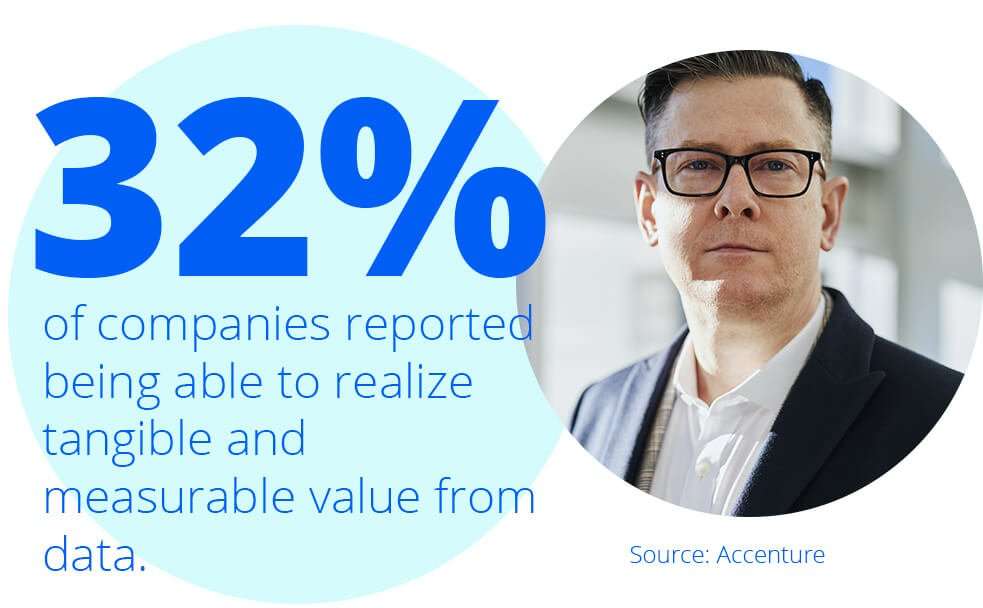
This type of marketing uses personal information, such as job title, department, and experience level, to create content that is relevant to each employee.
The content can also be specific to the employee’s compensation plans, allowing HR to explain the details in a more personalized manner.
Además, personalization can help build relationships between employees and the brand. In the end, it helps employees feel valued and appreciated.
When you create a staff engagement strategy, make sure to plan for different unique experiences your organization can deliver to increase engagement. This needs to happen gradually and steadily.
In the video I shared earlier, I explain what I call a personalized marketing map. Take a look at the following image to better understand this concept. It connects the dots between what a customer, in this context, a staff member, and an organization want and need at every stage of the relationship.
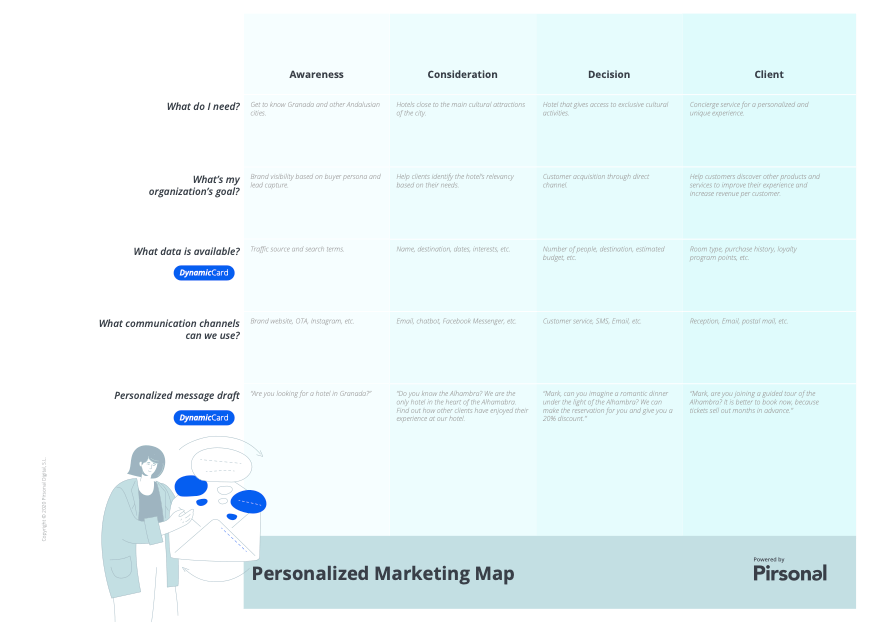
As you can see, a personalized marketing map combines different marketing and sales approaches around the way an individual interacts with a brand. This includes their desires, objections, needs, wants, and what your organization knows about them.
This helps you create engagement loops short, mid, and long-term.
Using Individualization in HR communications
Want to take it a step further? Personalized messages in HR can be driven by the employee’s context and background, not just by the straightforward data from a spreadsheet. I refer to this as individualización de marketing.
For example, a single staff member with no kids under his roof has a different background and motivation than a father of three. Let’s not even talk about a divorced father with three kids.
But many organizations don’t have access to this type of information. Well, my advice is to take a closer look at the data you have access to and to be creative.
Here is how…
In the same way you know “Jennifer” is a Sr. Analyst at your organization, you also know that she is a female employee who has been promoted twice in the last 5 years.
Are all female employees the same? They are not. Furthermore, they can be different even based on the type of role or position they hold.
For example, let’s compare “Jennifer” with “Laura”. They both started as consultants in the organization, but “Laura” hasn’t changed positions or requested a raise over the last 5 years.
“Laura” obviously has different goals and expectations.
As you can see, every individual within your personnel has their context, and straightforward data you can use to create more effective messages. This is why I find individualization more effective when compared to plain personalization.
Both can live together.
This information is often hard to read and use unless you have mechanisms in place to gather and use this information in a structured way.
For example, every time employees register for a webinar, or when they submit a survey. These are perfect occasions to gather employee information creatively.
As you can see, personalized marketing in HR communications can be a powerful tool for improving employee communication.
Step 3: Choose the right type of content
The last step is quite straightforward. Simply use the channel and type of content your employees already use and consume. But make sure to choose a channel and type of content you can measure and track. If the employees have already expressed that they like or love this channel and type of content, even better.
Regardless of the channel and type of content, make sure to use personalization, individualization, or the context of the recipient to boost engagement.
In the corporate world, the most common channel is email. Then, we are talking mostly about written content. However, many emails are quite plain and boring. This is one of the main reasons why employees ignore emails.
This means that HR teams should think about two approaches:
- Alternate emails with other channels.
- Making the content of the emails more attractive, engaging, and useful.
Remember, when talking about benefits communications, one of the key challenges organizations face is that employees do not read their messages.
Let me start with the alternative channels. Modern marketing tools give HR teams new opportunities in terms of engagement. For instance, SMS messages can help promote an upcoming important email. Also, in many countries, the popularity of WhatsApp can help HR teams share attractive messages, even with personal videos from a C-level as an attachment.
Now, how can you make emails or just about any type of 1-to-1 message more attractive, relevant, and enganging to employees?
Vídeos personalizados are a growing trend in HR marketing. They are a key component of effective employee engagement strategies. Why? Through video personalization, HR teams can increase engagement by combining employee data and audiovisual content based on, let’s say, Jennifer’s context.
Por ejemplo, también puede agregar videos personalizados a optimizar las campañas de marketing por correo electrónico and get higher click-through rates (CTR). But there are many more reasons why your organization should start with personalized videos.
Aquí hay un ejemplo de video personalizado:
One of the key characteristics of video personalization is that it can be fully automated. Here are some scenarios you can easily apply:
- A C-level can record a video to address the employees of the organization. Then, this video can be automatically personalized with software like Pirsonal.
- A personalized video to visually explain compensation plans and benefits. From retirement plans to a salary increase. Every piece of content can be personalized with the right software. For example, with Pirsonal, you can personalize text, images, audio, and voice-over. Some companies even use AI voices!
- A personalized video that explains important changes or milestones within the organization.
- A personalized video that welcomes new employees.
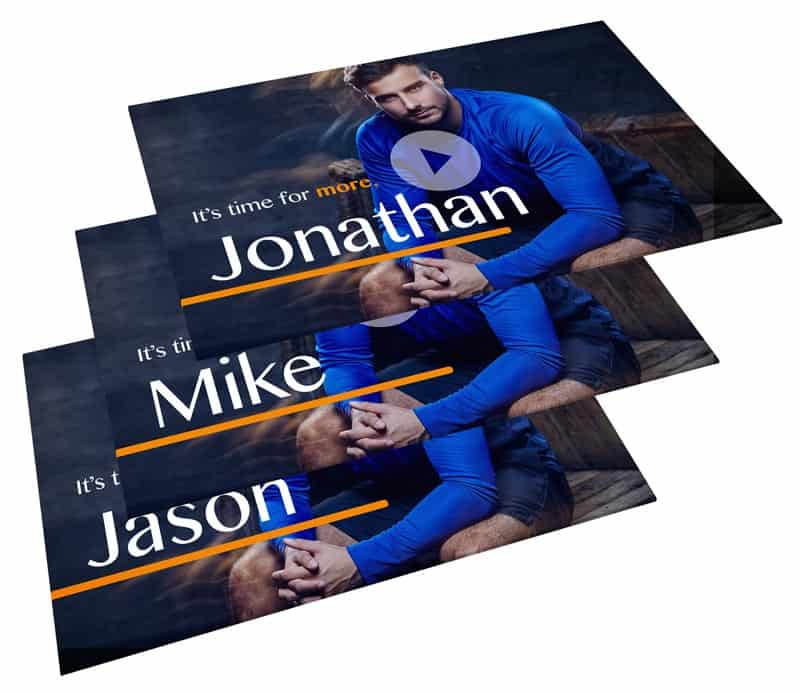
I created a full guide on personalized video marketing. The guide is full of examples, strategies, and best practices. Take a look at the guide now to learn how to make more effective benefits communications with personalized videos so employees engage.
Conclusión
HR benefits communications are critical. In my opinion, they are an engagement engine that helps organizations connect with employees across their particular journey with a brand.
However, most organizations pay more attention to the performance of their customer-facing marketing and sales initiatives than to employee communications. This is a mistake.
To succeed in HR communications, teams need to gather and strategically use employee data. This information then will be used to create personas that help group people with similar characteristics based on needs, goals, concerns, and more. Basically, their context.
From there, HR teams can use personalization or similar approaches to deliver laser-focused messages that engage with employees. However, it is equally important to choose the channel and type of content that best connects with them.
For example, personalized videos, direct messages, and more visual emails can support a solid strategy. Since most employees are saturated with contact messages from other organizations and their employers, personalization, and video content can be key to keeping their attention intact.
Most HR teams don’t have experience with video personalization. This is why at Pirsonal we walk with your team to help succeed, based on your needs and goals. We do this not only by providing software that adapts to your team’s workflow, audience, and expertise but also by guiding you with expert help. Simply contact us now. Estaremos encantados de ayudarle.

